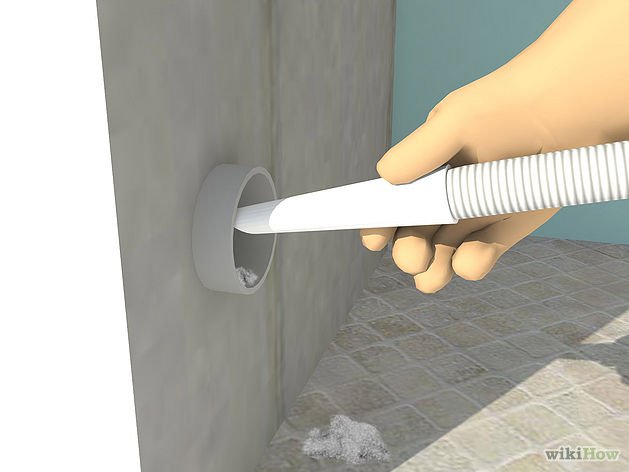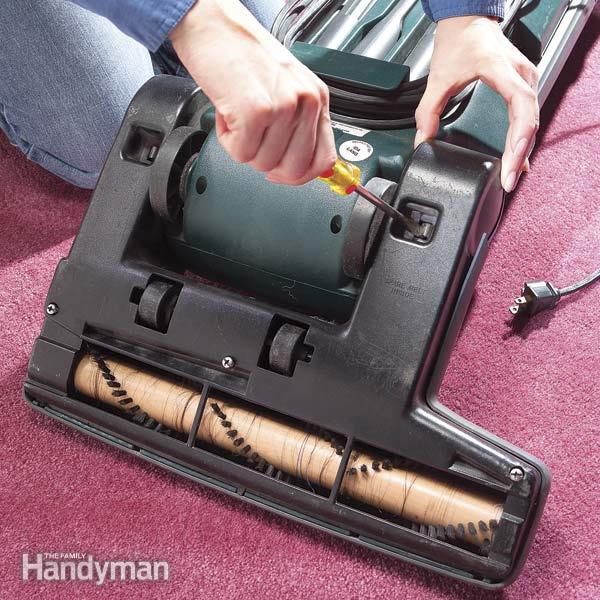Single moms, like any other group of humans, come in an astonishing variety of personalities, proclivities and abilities. One generality that safely applies to a large number of single moms, though, is that they are resourceful. It would be hard to have responsibility for those little people while balancing the demands of grown-up life without developing a fair amount of resourcefulness.
Still, there exists in every society a spoken or unspoken division of labor between the sexes, and moms who have found themselves on their own may not have yet crossed that line to tackle basic repairs that are necessary for a functioning home. If this describes you, take heart: you can do it. You really can.
With the wealth of knowledge now available on the internet, on sites such as YouTube, Self Help & More and Fix IT, you can solve a large variety of problems on your own without resorting to paying expensive repair fees. As a bonus, it feels really great to learn a new skill. Depending on your tools, time, patience, and level of motivation, you should consider trying these repairs on your own.
Appliances
Not all appliances are created equal, and some are easier to learn to repair based on the simplicity of their design and whether they are built into the house (like a dishwasher). Among the easiest to tackle are the dryer and the oven. Find your model’s owner’s manual online and easily replace heating elements and unclog lint traps. You should also clean your dryer vent every year or two. The importance of a washing machine in most households makes it worth learning basic repairs, and everyone can replace the belt on a sluggish vacuum cleaner. Gain confidence in troubleshooting all your appliances, even if you ultimately have to call for help, but remember to keep safety first – disconnect the power source before you tinker.


Plumbing
Plumbing is fairly straightforward and with a few basic tools you can take care of many problems. Teaching yourself how to install a toilet yourself can alone save you hundreds of dollars. Learn to unclog your sinks and toilets (which require different tools and procedures). Take time to understand what goes on in your toilet tank – a few things can go wrong, but they’re all common sense repairs and cost only a few dollars for parts. You can also fix or replace a leaky faucet or shower head. Learn how and where to apply caulk (bonus: you can also cover up moldy caulk for a fresh look around tubs). If you want to dig deeper, you can learn to fix leaky pipes, take out a toilet and replace the wax seal, or shore up a toilet that has begun to rock – and these repairs can save you major money by preventing water damage.

Tech
You should learn to rescue wet electronics (tip: the first few moments are critical), remove viruses from your computer, and reboot your internet.
Auto
Make sure you know how (and have the tools stowed) to change a flat tire and jump start a dead battery. Learn to troubleshoot windshield wiper problems, replace bulbs and fuses, and do routine maintenance and fluid checks (your owner’s manual can tell you all you need to know). Extra credit: learn to change your own oil and brake pads to save big bucks.
Around the House
Take time to learn to do your own painting, patch sheetrock (or plaster) and nail holes, hang or shave a door, install shelving and medicine cabinets, fix screens, replace or troubleshoot locks, burglarproof doors and windows, and unstick windows and replace window panes.
Seasonal
Learn to winterize your lawnmower and get (and keep) it going in the spring. Know how to winterize your pipes and basement and change filters on your heating and cooling system. Know how to de-ice your steps, walkway and driveway in less than an hour.
Electrical
When you attempt electrical repairs, safety always comes first: disconnect your power source before starting. Once that’s done, you can easily replace a faulty switch or outlet or install a ceiling fan or light fixture. The one place you don’t have to disconnect first is in testing a broken doorbell – it’s low voltage, and nine times out of ten if you take off the button and test by touching the wires, you’ll find the problem is a worn out button.
 World inside pictures Collect and share the best ideas that make our life easier
World inside pictures Collect and share the best ideas that make our life easier








